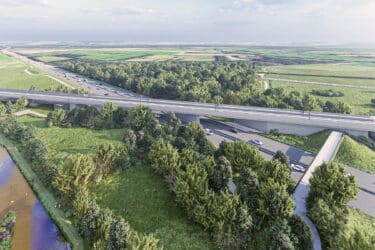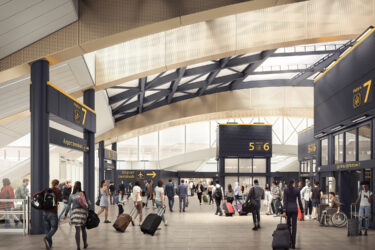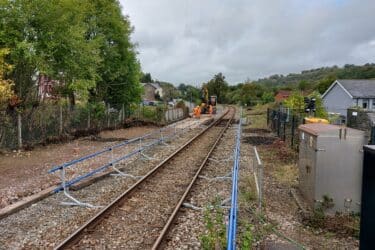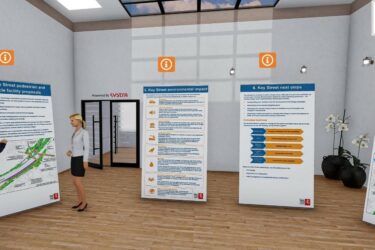Delivering one of Europe’s Largest Rail Projects
The latest addition to the French network of high speed rail lines opened between Tours and Bordeaux in July 2017. SYSTRA has been at the heart of the project for the last decade, working as design project manager as well as setting up joint ventures to manage signalling, telecommunications, energy and superstructure. The railway has come in on budget and ahead of schedule.
The Tours-Bordeaux route is one of Europe’s largest rail projects and represents a public private partnership investment of Euro 7.8bn to build nearly 340km of new track, 303km of which is high speed. The route links the cities of the Atlantic coast to the Paris region and Eastern France and improves high speed connection to Spanish trading markets. Journey time between Paris and Bordeaux has been cut by 50 minutes to just 2 hours 5 minutes.
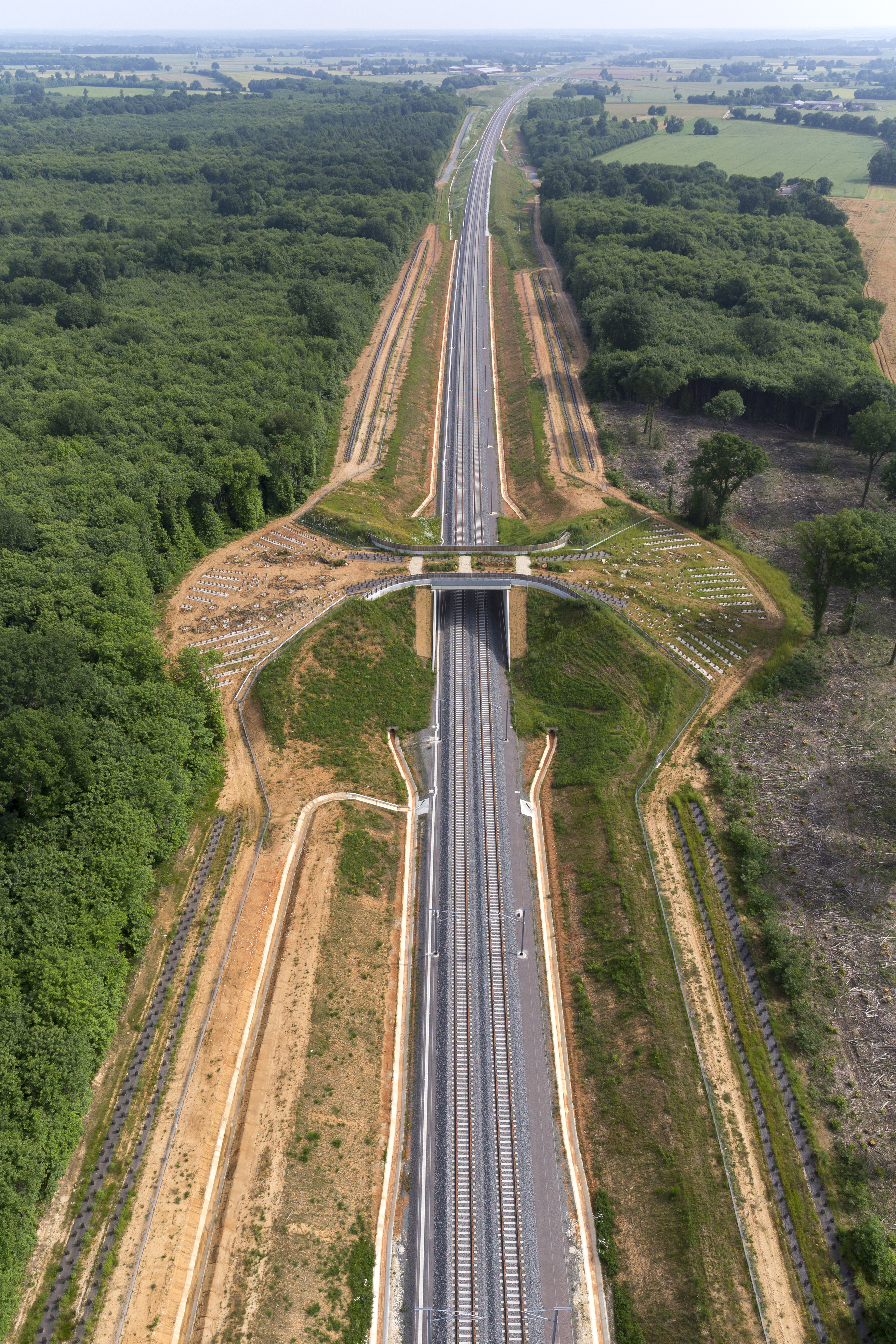
SYSTRA’S ROLE
With its partners, SYSTRA has managed and delivered on behalf of its client COSEA (Southern Europe Atlantic Construction):
- Design – including scheme design, design of civil engineering structures and railway equipment, management of administrative issues, planning management and production of operating plans.
- Power supplies – management of six of the 15 lots as well as purchasing and testing.
- Superstructure – design and construction of track and catenary systems
- Signalling and telecommunication – design.
- SYSTRA is also the exclusive supplier for the line’s operations and maintenance organisation MESEA (Southern Europe Atlantic Maintenance) which has a 40-year agreement to look after the route.
We have helped design-in reduced maintenance requirements. The 250 bridges that cross over the new line have been designed so that there are no bearings on the piers next to the high speed line to reduce maintenance. Each one has been built using the same system: a precast concrete kit, fabricated off site.
Standardisation and offsite manufacture have delivered huge time savings in the construction of seven of the major viaducts along the route. Using around 400 standardised post-tensioned concrete box sections, each bridge deck has been constructed in two months.
The project has been a huge effort by SYSTRA with 500 of its personnel employed on the Southern Europe Atlantic line at peak.
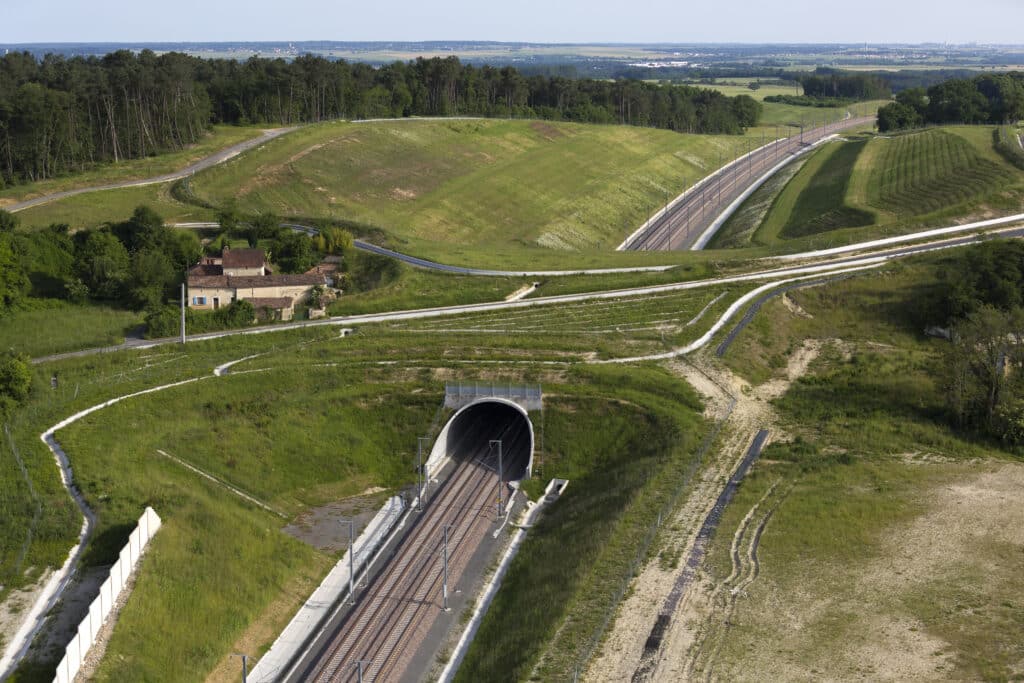
 Australia
Australia  Brazil
Brazil  Canada
Canada  China
China  Denmark
Denmark  France
France  India
India  Indonesia
Indonesia  Italy
Italy  Malaysia
Malaysia  New Zealand
New Zealand  Norway
Norway  Poland
Poland  Saudi Arabia
Saudi Arabia  Singapore
Singapore  South Korea
South Korea  Sweden
Sweden  Taiwan
Taiwan  Thailand
Thailand  United Kingdom
United Kingdom  United States
United States  Vietnam
Vietnam 